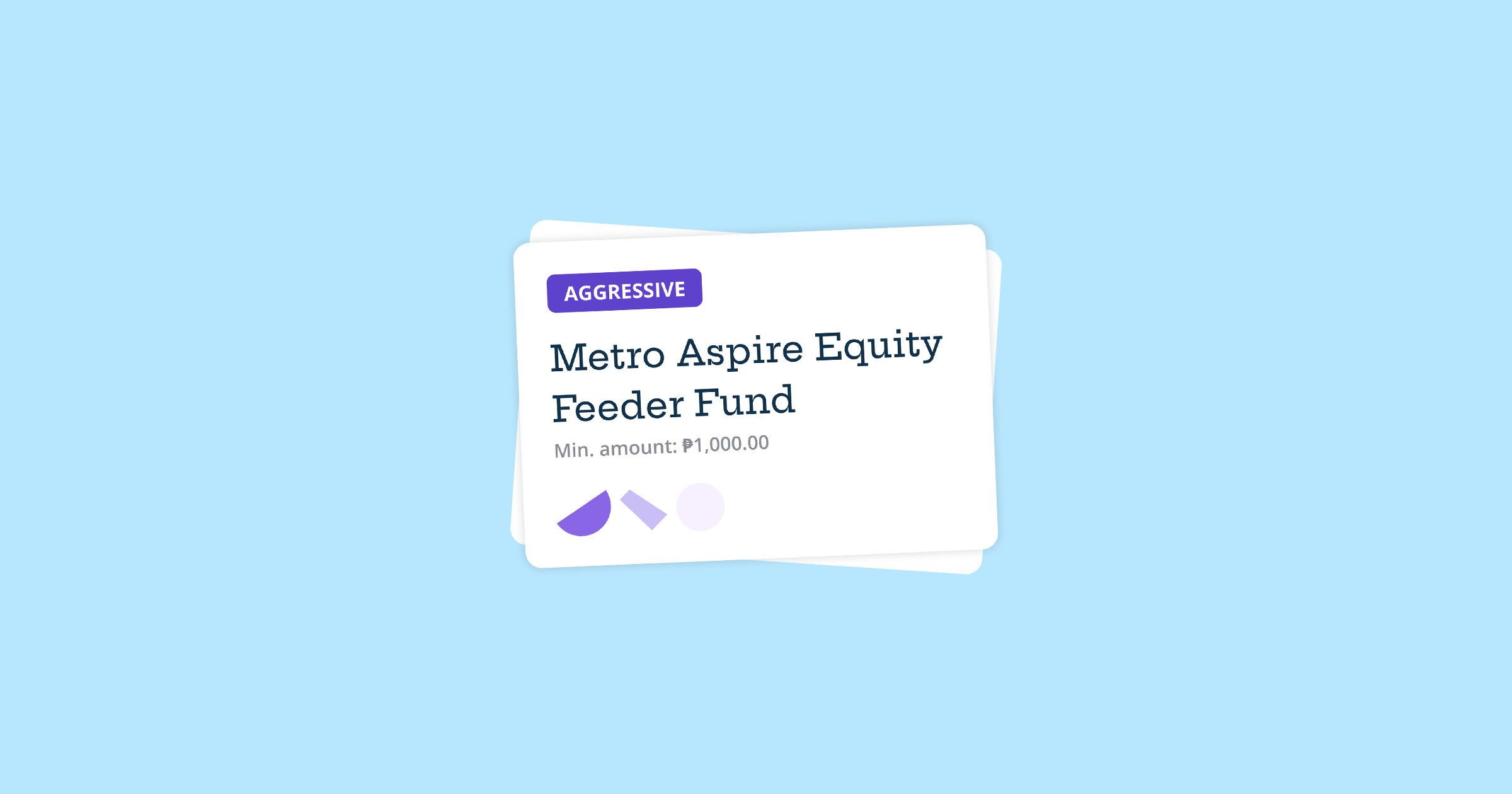As a beginner, there are some great advantages such as the expert management that you’ll get by investing in a pooled fund. However, choosing which fund in particular to put your money in is a totally different story.
Equity funds and bond funds are two popular types of pooled funds for newbie investors. Each is appealing in its own way, and only you can see which one fits your needs and situation best. Read on to discover more about each fund type.
Equity fund
An equity fund puts most of the money of its investors in stocks. Some funds follow a stock market index (which means they follow this index for both the specific stocks and the composition of their portfolio).
Others invest in the shares of established companies with good future prospects. These may include some stocks that are listed on an exchange. Others may just focus on investing in dividend-paying names.
While most equity funds specialize in local stocks, some put money in shares of companies from other countries. Such funds often follow a theme, such as healthcare or technology, to help prospective investors understand the goal of these funds.
Regardless of where the stocks are from, equity funds have a diversified portfolio to help reduce the risk to investors.
Bond fund
The majority of a bond fund’s pooled money is put into bonds, which may be from the government (Treasury bonds) or from private companies (corporate bonds).
Unlike buying individual bonds, there is no maturity date for a bond fund investment, so you can keep your money in for as long as you want. However, these funds can be classified according to the time period to maturity of the bonds they hold (short term, medium term or long term).
Similar to equity funds, bond funds have a diversified portfolio for better investor risk management.
Bond funds typically have steady performance. While their growth potential isn’t usually as high as that of equity funds, they may still increase enough to help you reach your money goal, especially if you can stay invested for a long period of time.
These instruments also receive regular coupon payments, which, in the case of bond funds, get reinvested to improve the performance and profitability of the fund.
Which should you choose?
In general, equity funds have good growth potential and match an Aggressive risk profile (because of the potential volatility of stocks). If you have this risk profile and you’re OK with how the value of your investment in such funds can go up and down, you can consider putting money in an equity fund.
On the other hand, a Moderate or Aggressive risk profile is usually necessary to put your money in a bond fund. If you have either of these profiles and you’re OK with the potential rate of returns, you can consider putting your money in this type of fund.
If you can’t choose between the two, you can also consider a balanced fund. This has both stocks and bonds in its portfolio, with the ratio between the two depending on the specific fund (you can find out more in the fund KIIDS).
With all these options, always refer to your risk profile, money goal and time horizon for guidance in choosing which investment product to put your money in. That way, you’re more likely to have a good experience with your first investment.


.jpg)
